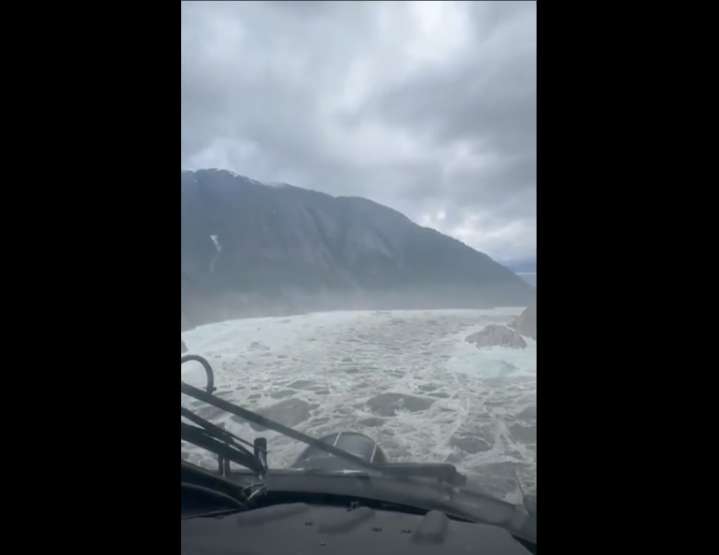Sunday’s massive tsunami-causing landslide in Southeast Alaska likely sent more than 100 million cubic meters of debris into an icy fjord and onto a prominent glacier in one of the largest slides in at least 10 years, according to analysis by the Alaska Earthquake Center .
The rapid characterization and pinpointing of the landslide demonstrates the center’s growing capability in a new area of real-time hazard analysis. The center, located at the University of Alaska Fairbanks Geophysical Institute, has been working for several years to advance its rapid characterization and detection of landslides.
The center’s preliminary analysis, using a method its team has been developing, estimates the landslide’s volume is likely larger than 100 million cubic meters, equivalent to the content of

 YubaNet
YubaNet

 America News
America News KPTV Fox 12 Oregon
KPTV Fox 12 Oregon Kitsap Sun
Kitsap Sun Marshfield News-Herald
Marshfield News-Herald Essentiallysports Football
Essentiallysports Football CNN Politics
CNN Politics AlterNet
AlterNet The List
The List